-
 Bitcoin
Bitcoin $108,151.9523
0.11% -
 Ethereum
Ethereum $2,520.6389
0.26% -
 Tether USDt
Tether USDt $1.0002
0.00% -
 XRP
XRP $2.2654
2.16% -
 BNB
BNB $656.3481
0.23% -
 Solana
Solana $148.3243
0.26% -
 USDC
USDC $1.0000
0.00% -
 TRON
TRON $0.2847
0.24% -
 Dogecoin
Dogecoin $0.1655
1.16% -
 Cardano
Cardano $0.5789
1.10% -
 Hyperliquid
Hyperliquid $38.9650
-0.58% -
 Sui
Sui $2.8914
-0.61% -
 Bitcoin Cash
Bitcoin Cash $487.4743
1.11% -
 Chainlink
Chainlink $13.2128
0.30% -
 UNUS SED LEO
UNUS SED LEO $9.0219
-0.03% -
 Avalanche
Avalanche $17.9307
0.73% -
 Stellar
Stellar $0.2400
1.57% -
 Toncoin
Toncoin $2.9074
6.15% -
 Shiba Inu
Shiba Inu $0.0...01162
1.83% -
 Litecoin
Litecoin $87.2310
1.00% -
 Hedera
Hedera $0.1550
0.24% -
 Monero
Monero $314.8034
0.95% -
 Dai
Dai $1.0000
0.00% -
 Polkadot
Polkadot $3.3587
0.34% -
 Ethena USDe
Ethena USDe $1.0002
0.00% -
 Bitget Token
Bitget Token $4.3862
-0.27% -
 Uniswap
Uniswap $7.2908
4.86% -
 Pepe
Pepe $0.0...09825
1.65% -
 Aave
Aave $271.1484
-0.22% -
 Pi
Pi $0.4517
-1.99%
Dogecoin MACD strategy
The MACD helps Dogecoin traders spot trend reversals and momentum shifts, with bullish or bearish crossovers signaling potential buy or sell opportunities.
Jul 06, 2025 at 12:01 pm
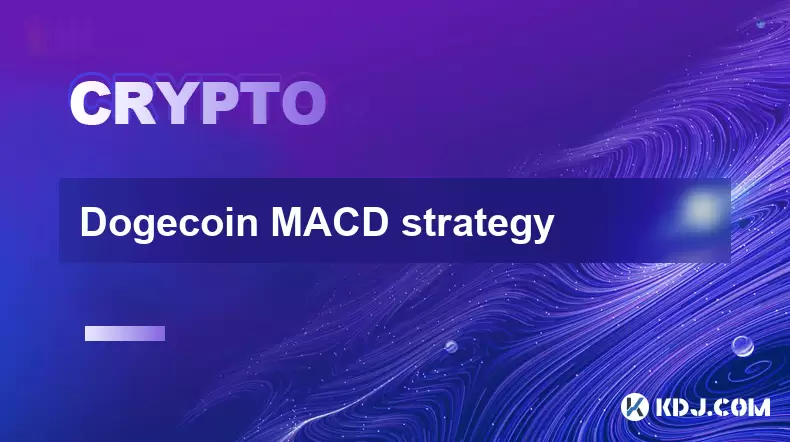
Understanding the MACD Indicator in Cryptocurrency Trading
The Moving Average Convergence Divergence (MACD) is a popular technical analysis tool used across financial markets, including cryptocurrency. It helps traders identify potential trend reversals, momentum shifts, and entry or exit points. When applied to Dogecoin (DOGE), the MACD can provide valuable insights into its price action. The indicator consists of three main components: the MACD line, the signal line, and the histogram. These elements work together to show whether the market is bullish or bearish.
In the context of Dogecoin trading, understanding how the MACD behaves during different market conditions is crucial. For instance, when the MACD line crosses above the signal line, it may indicate a buy signal, while a cross below could suggest a sell-off. However, these signals should be interpreted with caution due to Dogecoin’s historically volatile nature.
Setting Up the MACD for Dogecoin Charts
Before applying any strategy, it's essential to set up the MACD correctly on your charting platform. Most platforms like TradingView, Binance, or CoinMarketCap allow customization of indicators. To configure the MACD for Dogecoin:
- Go to the indicators section and select MACD.
- Set the default values: 12-period EMA (Exponential Moving Average) for the fast line, 26-period EMA for the slow line, and 9-period EMA for the signal line.
- Ensure the histogram is visible as it provides visual cues about momentum strength.
It's important to note that while these settings are standard, some traders tweak them based on their strategy or time frame. For example, short-term traders might reduce the periods to get more sensitive signals, while long-term investors may stick with the defaults.
Identifying Bullish and Bearish Signals in DOGE
When analyzing Dogecoin using the MACD, traders look for specific patterns that indicate potential price movements. A bullish crossover occurs when the MACD line rises above the signal line, suggesting upward momentum. Conversely, a bearish crossover happens when the MACD line falls below the signal line, indicating downward pressure.
Another key element is the MACD histogram. If the bars are increasing in height above the zero line, it shows strengthening bullish momentum. On the flip side, if the bars grow below the zero line, it signals strong bearish sentiment. Traders often use this histogram expansion and contraction to gauge whether a trend is gaining or losing strength.
However, because Dogecoin has shown frequent false signals due to social media hype or celebrity endorsements, it's advisable to combine the MACD with other tools like RSI (Relative Strength Index) or volume analysis to filter out noise.
Entry and Exit Points Using the MACD Strategy
Once you've identified a valid signal, the next step is to determine precise entry and exit points. Many traders wait for the MACD crossover to occur after a pullback or consolidation phase to avoid entering too early. For example:
- After a downtrend, if the MACD line crosses above the signal line and the histogram begins to rise from negative territory, it could be a good time to enter a long position.
- Traders often place stop-loss orders just below the recent swing low to protect against sudden reversals.
- For exits, trailing stops or partial profit-taking at key resistance levels can help lock in gains while letting winners run.
Timing entries and exits requires discipline, especially with Dogecoin, where rapid moves can trigger emotional decisions. Some traders also use price action confirmation, such as candlestick patterns, alongside MACD signals to increase the probability of successful trades.
Backtesting Your Dogecoin MACD Strategy
Before deploying any MACD-based strategy on live markets, backtesting is essential. This involves applying your rules to historical data to see how they would have performed. To backtest your Dogecoin MACD strategy:
- Choose a reliable charting tool with historical data support.
- Apply your MACD settings and manually go through past charts to mark trade setups.
- Record each trade’s outcome, including wins, losses, and risk-reward ratios.
- Adjust your parameters or add filters (like volume spikes or RSI divergence) if results are inconsistent.
Many traders overlook this critical step, leading to poor performance in real-time trading. Backtesting reveals not only profitability but also psychological readiness—how well you can handle drawdowns and missed opportunities.
Frequently Asked Questions
Q: Can I use the MACD indicator alone for trading Dogecoin?
While the MACD is powerful, relying solely on it may lead to false signals, especially in volatile assets like Dogecoin. Combining it with volume, support/resistance levels, or other oscillators like RSI increases accuracy.
Q: What time frame is best for applying the MACD to Dogecoin?
The optimal time frame depends on your trading style. Day traders often use 5-minute or 15-minute charts, while swing traders prefer 1-hour or daily charts. Always align your MACD settings with your chosen time frame.
Q: How do I know if a MACD crossover is valid in DOGE?
A valid crossover usually comes with increasing volume and aligns with broader market trends. Avoid crossovers during sideways or choppy markets unless confirmed by other indicators or price patterns.
Q: Does the MACD work well during Dogecoin pump and dump cycles?
The MACD tends to lag during extreme volatility seen in pump and dump scenarios. In such cases, shorter time frames and tighter stop-losses are necessary to manage risks effectively.
Disclaimer:info@kdj.com
The information provided is not trading advice. kdj.com does not assume any responsibility for any investments made based on the information provided in this article. Cryptocurrencies are highly volatile and it is highly recommended that you invest with caution after thorough research!
If you believe that the content used on this website infringes your copyright, please contact us immediately (info@kdj.com) and we will delete it promptly.
- Litecoin Breakout Watch: What Traders Need to Know Now
- 2025-07-06 16:50:13
- Bitcoin, Solana, Ethereum: Decoding the Latest Buzz on the Blockchain
- 2025-07-06 16:50:13
- Widnes Resident's 50p Could Be Your Ticket to Easy Street: Rare Coin Mania!
- 2025-07-06 16:55:13
- Bitcoin, Solaris Presale, and Token Rewards: What's the Buzz?
- 2025-07-06 16:55:13
- Ethereum Under Pressure: Price Drop Amid Global Uncertainties
- 2025-07-06 17:00:13
- XRP, SEC Case, and Prosperity: A New Era for XRP Holders?
- 2025-07-06 17:10:13
Related knowledge
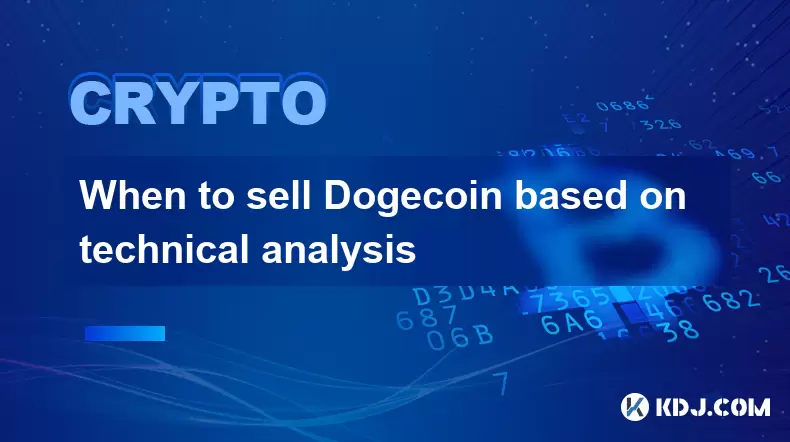
When to sell Dogecoin based on technical analysis
Jul 05,2025 at 07:34pm
Understanding the Basics of Technical AnalysisTechnical analysis is a method used by traders to evaluate and predict future price movements based on historical data, primarily price and volume. In the context of Dogecoin (DOGE) trading, technical analysis involves studying charts and using various indicators to identify patterns that may suggest future ...

How to use the Stochastic RSI for Dogecoin
Jul 06,2025 at 03:14am
Understanding the Stochastic RSI IndicatorThe Stochastic RSI (Relative Strength Index) is a momentum oscillator that combines two well-known technical indicators: the RSI and the Stochastic Oscillator. It is widely used in cryptocurrency trading to identify overbought or oversold conditions, as well as potential reversal points. When applied to Dogecoin...
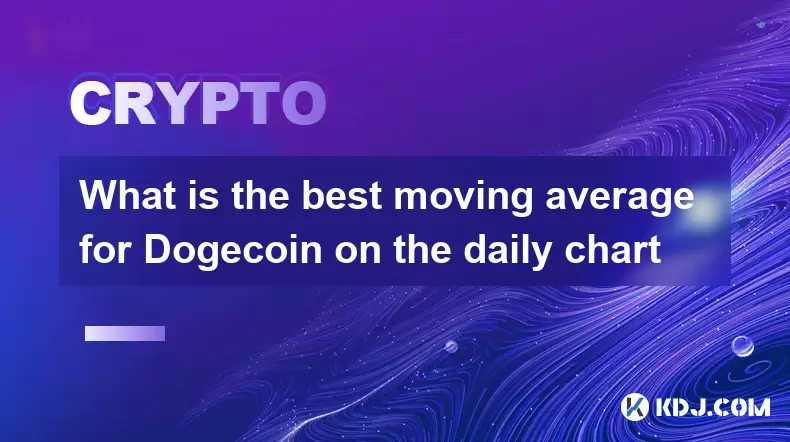
What is the best moving average for Bitcoincoin on the daily chart
Jul 06,2025 at 10:29am
Understanding Moving Averages in Cryptocurrency TradingMoving averages are among the most widely used technical indicators in cryptocurrency trading. They help traders identify trends by smoothing out price data over a specific time period. In the context of Dogecoin, selecting the best moving average depends on individual trading strategies and risk to...
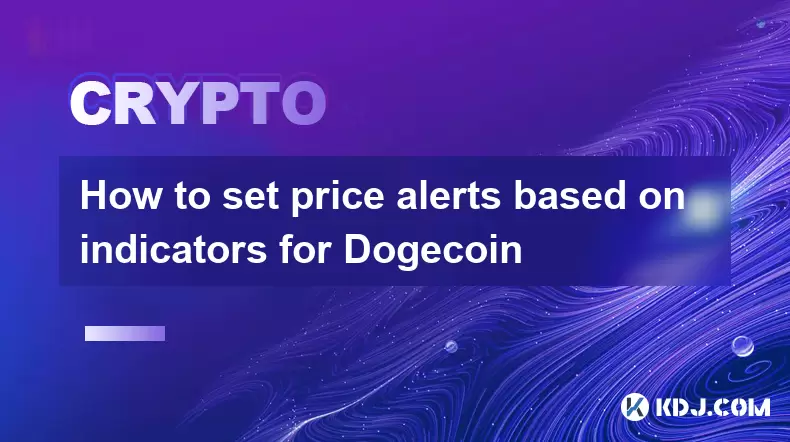
How to set price alerts based on indicators for Dogecoin
Jul 05,2025 at 07:32pm
Understanding Price Alerts and Their Relevance to DogecoinPrice alerts are notifications set by traders or investors to receive updates when a specific cryptocurrency, such as Dogecoin (DOGE), reaches a predefined price level. These alerts help users stay informed without constantly monitoring the market. For Dogecoin, which is known for its volatile na...
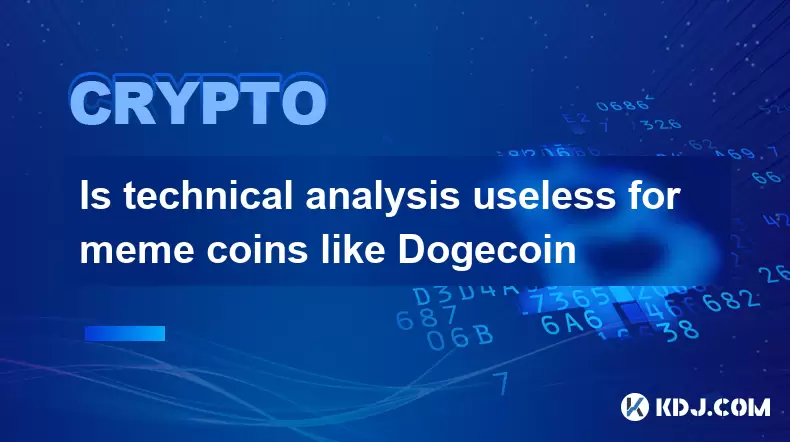
Is technical analysis useless for meme coins like Bitcoincoin
Jul 05,2025 at 07:33pm
Understanding Meme Coins and Their Unique NatureMeme coins, such as Dogecoin, derive their value not from technological innovation or utility but from community sentiment and social media trends. Unlike traditional cryptocurrencies like Bitcoin or Ethereum, which have clear use cases and development roadmaps, meme coins thrive on viral attention and onl...
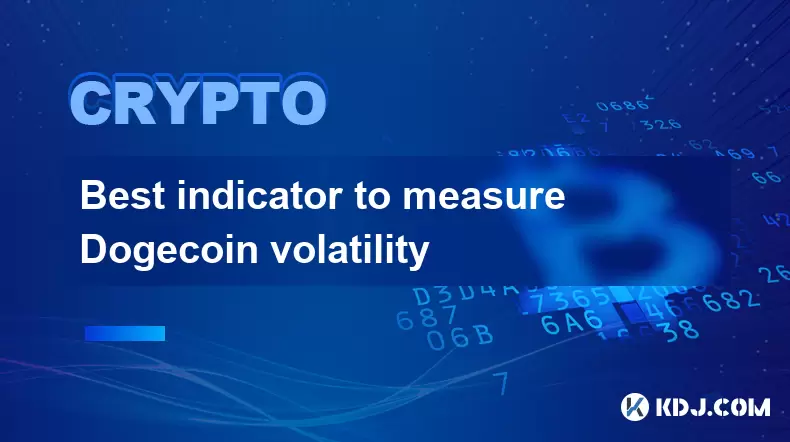
Best indicator to measure Bitcoincoin volatility
Jul 05,2025 at 07:35pm
Understanding Dogecoin VolatilityDogecoin (DOGE), originally created as a meme cryptocurrency, has grown into one of the most actively traded digital assets. Its volatility, however, remains a major concern for investors and traders alike. Unlike traditional financial instruments, cryptocurrencies like Dogecoin are influenced by social media trends, cel...

When to sell Dogecoin based on technical analysis
Jul 05,2025 at 07:34pm
Understanding the Basics of Technical AnalysisTechnical analysis is a method used by traders to evaluate and predict future price movements based on historical data, primarily price and volume. In the context of Dogecoin (DOGE) trading, technical analysis involves studying charts and using various indicators to identify patterns that may suggest future ...

How to use the Stochastic RSI for Dogecoin
Jul 06,2025 at 03:14am
Understanding the Stochastic RSI IndicatorThe Stochastic RSI (Relative Strength Index) is a momentum oscillator that combines two well-known technical indicators: the RSI and the Stochastic Oscillator. It is widely used in cryptocurrency trading to identify overbought or oversold conditions, as well as potential reversal points. When applied to Dogecoin...

What is the best moving average for Bitcoincoin on the daily chart
Jul 06,2025 at 10:29am
Understanding Moving Averages in Cryptocurrency TradingMoving averages are among the most widely used technical indicators in cryptocurrency trading. They help traders identify trends by smoothing out price data over a specific time period. In the context of Dogecoin, selecting the best moving average depends on individual trading strategies and risk to...

How to set price alerts based on indicators for Dogecoin
Jul 05,2025 at 07:32pm
Understanding Price Alerts and Their Relevance to DogecoinPrice alerts are notifications set by traders or investors to receive updates when a specific cryptocurrency, such as Dogecoin (DOGE), reaches a predefined price level. These alerts help users stay informed without constantly monitoring the market. For Dogecoin, which is known for its volatile na...

Is technical analysis useless for meme coins like Bitcoincoin
Jul 05,2025 at 07:33pm
Understanding Meme Coins and Their Unique NatureMeme coins, such as Dogecoin, derive their value not from technological innovation or utility but from community sentiment and social media trends. Unlike traditional cryptocurrencies like Bitcoin or Ethereum, which have clear use cases and development roadmaps, meme coins thrive on viral attention and onl...

Best indicator to measure Bitcoincoin volatility
Jul 05,2025 at 07:35pm
Understanding Dogecoin VolatilityDogecoin (DOGE), originally created as a meme cryptocurrency, has grown into one of the most actively traded digital assets. Its volatility, however, remains a major concern for investors and traders alike. Unlike traditional financial instruments, cryptocurrencies like Dogecoin are influenced by social media trends, cel...
See all articles

























































































